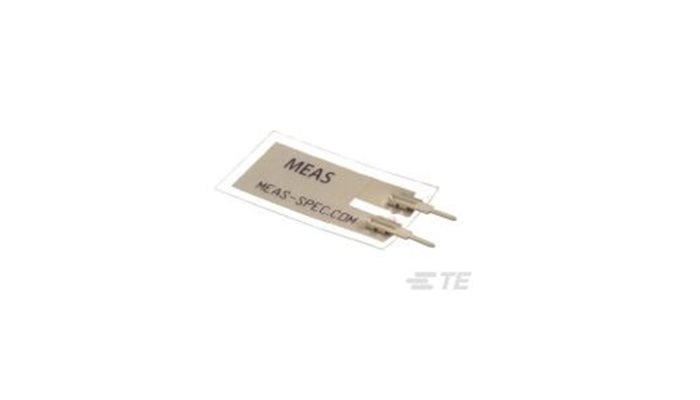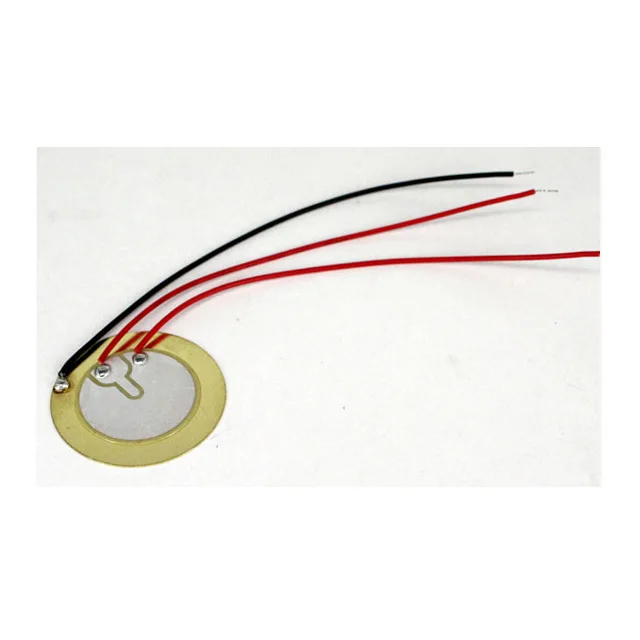Piezo Ultrasonic Scalers. Piezo Scalers offer a more effective and comfortable patient experience, for removing plaque and calculus, when compared to traditional hand scaling. Piezo Ultrasonic Scalers operate using precise, single-plane liner oscillations to ensure that patient mucosal tissue remains undamaged. Piezoelectricity, appearance of positive electric charge on one side of certain nonconducting crystals and negative charge on the opposite side when the crystals are subjected to mechanical pressure. Definition of piezo- in the Definitions.net dictionary. Meaning of piezo. What does piezo- mean? Information and translations of piezo- in the most comprehensive dictionary definitions resource on. A piezo controller or driver is used to control the motion of a piezo positioning device. There are open and closed loop controllers. Open-loop controllers are often referred to as piezo driver or even piezo power supply. Closed-loop controllers are divided in two basic types: analog-servo and digital servo controllers. Luvay 12Pcs Piezo Pickup Transducer Prewired - 27mm Contact Microphone Trigger - Discs Elements for Acoustic Instrument: Guitar, Drum, CBG etc. With Leads 4.6 out of 5 stars 238 $6.99 $ 6.
Piezo what? It sounds like a lot to take in, but it’s simple to understand. The word piezoelectric originates from the Greek word piezein, which literally means to squeeze or press. Instead of squeezing grapes to make wine, we’re squeezing crystals to make an electric current! Piezoelectricity is found in a ton of everyday electronic devices, from quartz watches to speakers and microphones. In a nutshell:
Piezoelectricity is the process of using crystals to convert mechanical energy into electrical energy, or vice versa.
Regular crystals are defined by their organized and repeating structure of atoms that are held together by bonds, this is called a unit cell. Most crystals, such as iron have a symmetrical unit cell, which makes them useless for piezoelectric purposes.
(Image source)
There are other crystals that get lumped together as piezoelectric materials. The structure in these crystals aren’t symmetrical but they still exist in an electrically neutral balance. However, if you apply mechanical pressure to a piezoelectric crystal, the structure deforms, atoms get pushed around, and suddenly you have a crystal that can conduct an electrical current. If you take the same piezoelectric crystal and apply an electric current to it, the crystal will expand and contract, converting electrical energy into mechanical energy.
(Image source)
Types of Piezoelectric Materials
There are a variety of piezoelectric materials that can conduct an electric current, both man-made and natural. The most well known, and the first piezoelectric material used in electronic devices is the quartz crystal. Other naturally occurring piezoelectric materials include cane sugar, Rochelle salt, topaz, tourmaline, and even bone.
Quartz crystal. (Image source)
As piezoelectric technology started to take off after World War I we began developing man-made materials to rival the performance of quartz. Man-made piezoelectric materials include:
PZT is made from lead zirconate titanate and can produce more voltage than quartz with the same amount of mechanical pressure.
Piezo Buzzer
PZT piezo ceramics used in ultrasonic sensors. (Image source)
Barium Titanate is a ceramic piezoelectric material that was discovered during World War II and is known for its long lasting durability.
Barium Titanate. (Image source)
Lithium Niobate is a material that combines oxygen, lithium, and nobium together in a ceramic material that performs similar to barium titanate.
Lithium niobate. (Image source)
How Piezoelectricity Works
We have specific materials that are suited for piezoelectricity applications, but how exactly does the process work? With the Piezoelectric Effect. The most unique trait of this effect is that it works two ways. You can apply mechanical energy or electrical energy to the same piezoelectric material and get an opposite result.
Applying mechanical energy to a crystal is called a direct piezoelectric effect and works like this:
- A piezoelectric crystal is placed between two metal plates. At this point the material is in perfect balance and does not conduct an electric current.
- Mechanical pressure is then applied to the material by the metal plates, which forces the electric charges within the crystal out of balance. Excess negative and positive charges appear on opposite sides of the crystal face.
- The metal plate collects these charges, which can be used to produce a voltage and send an electrical current through a circuit.
(Image source)
Piezometer
That’s it, a simple application of mechanical pressure, the squeezing of a crystal and suddenly you have an electric current. You can also do the opposite, applying an electrical signal to a material as an inverse piezoelectric effect. It works like this:
- In the same situation as the example above, we have a piezoelectric crystal placed between two metal plates. The crystal’s structure is in perfect balance.
- Electrical energy is then applied to the crystal, which shrinks and expands the crystal’s structure.
- As the crystal’s structure expands and contracts, it converts the received electrical energy and releases mechanical energy in the form of a sound wave.
Piezo Pickup System
(Image source)

The inverse piezoelectric effect is used in a variety of applications. Take a speaker for example, which applies a voltage to a piezoelectric ceramic, causing the material to vibrate the air as sound waves.
The Discovery of Piezoelectricity
Piezoelectricity was first discovered in 1880 by two brothers and French scientists, Jacques and Pierre Curie. While experimenting with a variety of crystals, they discovered that applying mechanical pressure to specific crystals like quartz released an electrical charge. They called this the piezoelectric effect.
Pierre Curie with his wife Maria in his lab. (Image source)
The next 30 years saw Piezoelectricity reserved largely for laboratory experiments and further refinement. It wasn’t until World War I when piezoelectricity was used for practical applications in sonar. Sonar works by connecting a voltage to a piezoelectric transmitter. This is the inverse piezoelectric effect in action, which converts electrical energy into mechanical sound waves.
(Image source)
The sound waves travel through the water until they hit an object. They then return back to a source receiver. This receiver uses the direct piezoelectric effect to convert sound waves into an electrical voltage, which can then be processed by a signal processing device. Using the time between when the signal left and when it returned, an object’s distance can easily be calculated underwater.
With sonar a success, piezoelectricity gained the eager eyes of the military. World War II advanced the technology even further as researchers from the United States, Russia, and Japan worked to craft new man-made piezoelectric materials called ferroelectrics. This research led to two man-made materials that are used alongside natural quartz crystal, barium titanate and lead zirconate titanate.
Piezoni's Pizza
Piezoelectricity Today
In today’s world of electronics piezoelectricity is used everywhere. Asking Google for directions to a new restaurant uses piezoelectricity in the microphone. There’s even a subway in Tokyo that uses the power of human footsteps to power piezoelectric structures in the ground. You’ll find piezoelectricity being used in these electronic applications:
Actuators


Actuators use piezoelectricity to power devices like knitting and braille machinery, video cameras, and smartphones. In this system, a metal plate and an actuator device sandwiches together a piezoelectric material. Voltage is then applied to the piezoelectric material, which expands and contracts it. This movement causes the actuator to move as well.

(Image source)
Speakers & Buzzers
Piezo Buzzer
Speakers use piezoelectricity to power devices like alarm clocks and other small mechanical devices that require high quality audio capabilities. These systems take advantage of the inverse piezoelectric effect by converting an audio voltage signal into mechanical energy as sound waves.
Piezonis Menu
(Image source)
Drivers
Drivers convert a low voltage battery into a higher voltage which can then be used to drive a piezo device. This amplification process begins with an oscillator which outputs smaller sine waves. These sine waves are then amplified with a piezo amplifier.
(Image source)
Sensors
Sensors are used in a variety of applications such as microphones, amplified guitars, and medical imaging equipment. A piezoelectric microphone is used in these devices to detect pressure variations in sound waves, which can then be converted to an electrical signal for processing.
(Image source)
Power
One of the simplest applications for piezoelectricity is the electric cigarette lighter. Pressing the button of the lighter releases a spring-loaded hammer into a piezoelectric crystal. This produces an electrical current that crosses a spark gap to heat and ignite gas. This same piezoelectric power system is used in larger gas burners and oven ranges.
(Image source)

Motors
Piezoelectric crystals are perfect for applications that require precise accuracy, such as the movement of a motor. In these devices, the piezoelectric material receives an electric signal, which is then converted into mechanical energy to force a ceramic plate to move.
(Image source)
Piezoelectricity and the Future
What does the future hold for piezoelectricity? The possibilities abound. One popular idea that inventors are throwing around is using piezoelectricity for energy harvesting. Imagine having piezoelectric devices in your smartphone that could be activated from the simple movement of your body to keep them charged.
Thinking a bit bigger, you could also embed a piezoelectric system underneath highway pavement that can be activated by the wheels of traveling cars. This energy could then be used light stoplights and other nearby devices. Couple that with a road filled with electric cars and you’d find yourself in net positive energy situation.
Want to help move piezoelectricity forward into the future? Autodesk EAGLE has a ton of free piezo libraries ready for use in your next project. Try Autodesk EAGLE for free today!
